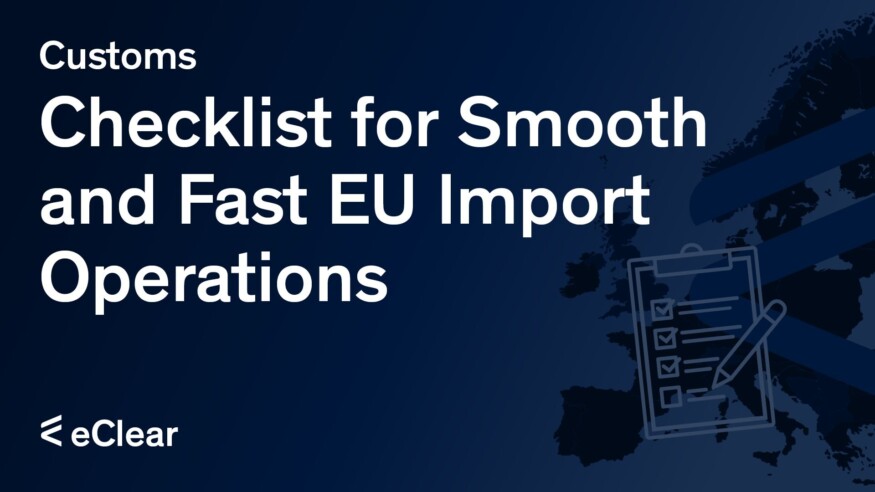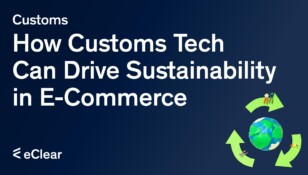1) Check Product Compliance
- Make sure your products meet EU standards (e.g., CE marking for electronics, REACH regulations for chemicals). Engage with a compliance expert if needed.
2) Verify Product Classification and Related Duties
- Familiarize yourself with the Harmonized System (HS) Codes for accurate classification of your goods. Use the EU’s TARIC database to determine applicable customs duties, VAT rates, and import restrictions.
3) EORI Number Registration
- Register for an EORI number through your national customs authority. This is mandatory for importing goods into the EU, depending on your place of establishment and the contractual obligations under which you deliver.
4) Calculate Duties, Tariffs and VAT
- Determine the applicable customs duties, VAT rates, and any additional tariffs based on the product’s HS code and its origin country. Consider trade agreements between the EU and the exporting country for potential duty relief. The Acces2Markets is a great tool for detailed research:
https://trade.ec.europa.eu/access-to-markets/en/home

5) Prepare and Submit a Customs Declaration
- Accurately fill out the Single Administrative Document (SAD) or use an electronic customs declaration system to declare the goods. This step is crucial for customs clearance.
6) Arrange for Compliance with Import Documentation
Ensure you have the following documents ready:
- Commercial invoice
- Packing list
- Bill of lading or air waybill
- Certificate of origin
- Customs declaration forms (e.g., Single Administrative Document – SAD)
7) Pay Duties, Taxes, and Other Fees
- Ensure you have a payment system in place for the required customs duties, VAT, and any additional fees upon import. These charges can often be paid through the customs clearance process or via your logistics provider.
8) Organize Transportation and Final Delivery
- Define Incoterms with your supplier to clarify who is responsible for shipping, insurance, and customs duties. For example, DDP (Delivered Duty Paid) might simplify things by making the seller responsible for customs clearance.
- Make sure that the Incoterm is already agreed in the sales contract and that all relevant parties (customer, transport company, customs agent) are aware of the Incoterm as this has large implications for the import and delivery process.
- Work with experienced logistics companies that are familiar with EU imports and customs procedures. Look for those who offer full-service customs handling, including shipment tracking. Look out for a proven track record of transporting goods that are similar to yours.
- Make sure you have real-time shipment tracking available. This can also help you anticipate and resolve any customs or logistical delays quickly.
Interesting links and further reading
Let’s stay in touch!
Stay up to date on the latest market trends, best practices and regulatory changes affecting cross-border trade by following us on LinkedIn.








